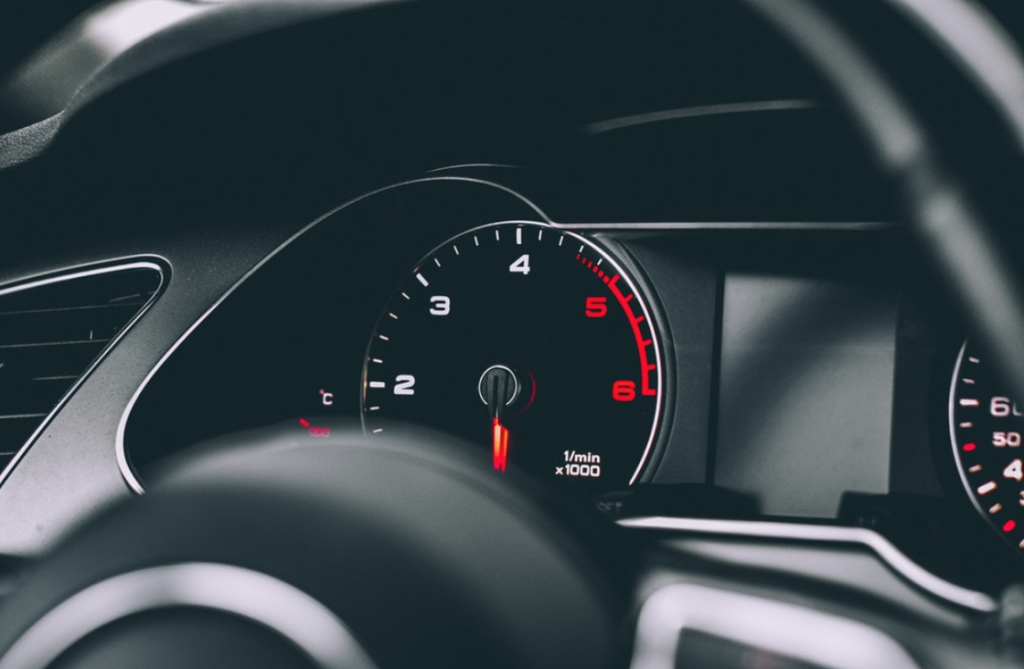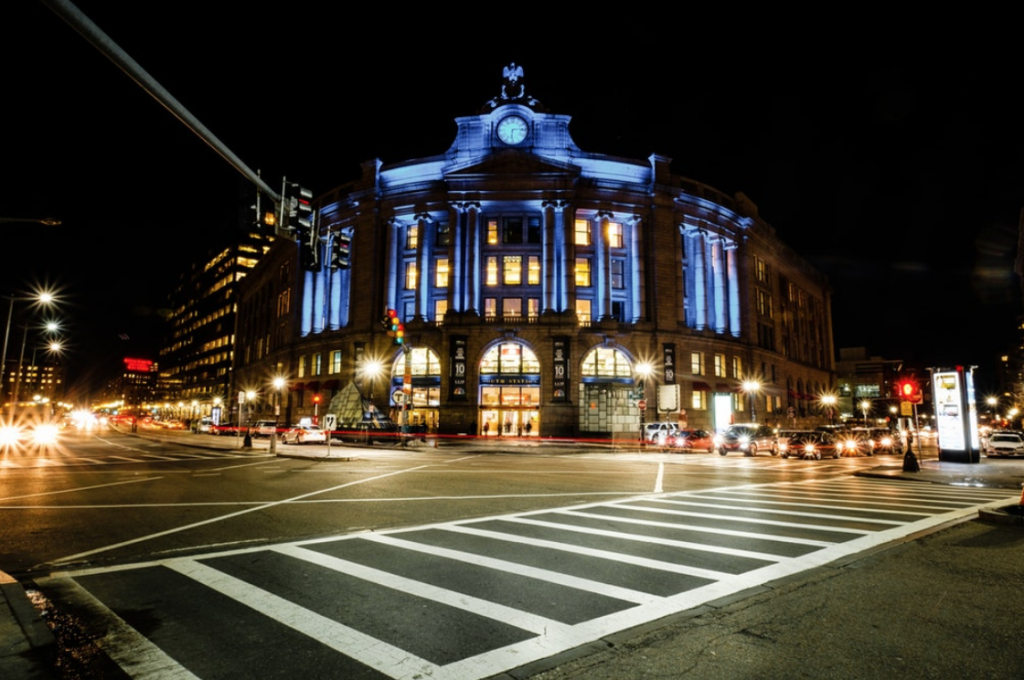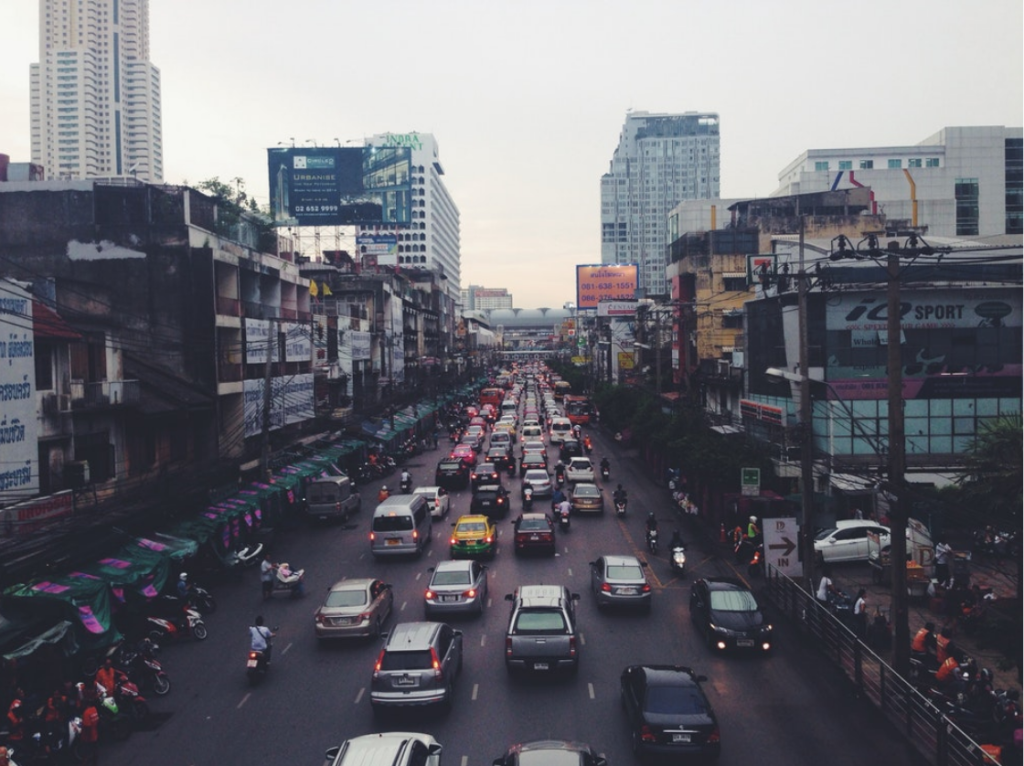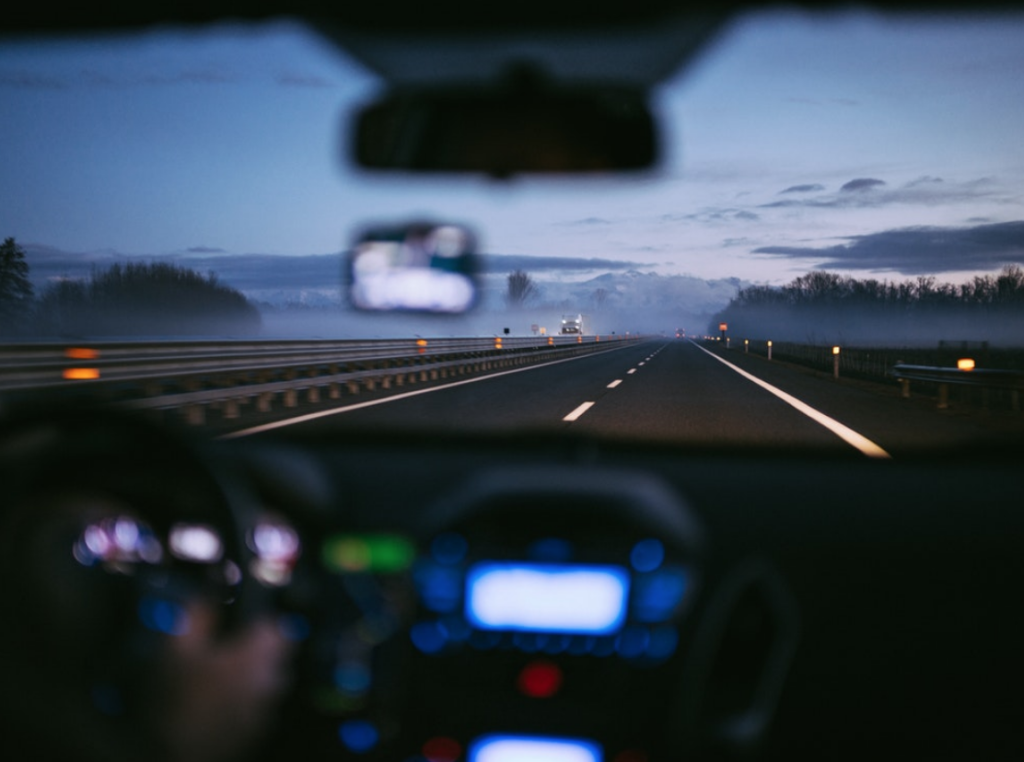On average, there are around 6 million traffic accidents each year in the US. About a sixth of these result in fatalities, and someone else’s property is almost always damaged, showing the risks which can come with this part of life. Of course, though, after years of driving safely and without any issues, it’s understandable that you might not see the dangers which come with owning a machine like this. To offer some perspective, this post will be exploring the different areas which can all contribute to a bad time on the road.
The Car Itself
To begin, it’s worth starting out by thinking about the car you’re driving, as some are much safer than others, even if they all have similar killing potential. Unless you buy something brand new and custom made in the factory, it will be a struggle to find a vehicle which covers all of these areas. Below, you can find some examples of the things to look out for on your car, ensuring that each drive is nice and successful.
Weight & Speed: The average car in the US weighs around two tons, making them around thirty times heavier than a normal person. Coupled with the fact that a lot of vehicles like this can go well over 100 mph, and with roads getting faster than ever before, this sort of machine has a lot of damage potential. Companies try to limit this sort of issue by making cars lighter. Unfortunately, though, the only real benefit of this sort of development is the speed which they can hit, and this defeats the purpose of trying to make something safer.
The Curse Of Time: Even if you spend a small fortune on something brand new, you will have to be aware of the effect time can have on a motor vehicle. Areas like tire tread, brake pad health, and fluid levels are all impacted by time, making it a smart idea to check them before you go on a long journey. Not only could you find yourself stuck without the ability to drive, but you could also hurt someone, and this is far from most people’s idea of a pleasant time to be having while out and about.
Blind Spots: While designers do an excellent job of working to eliminate blind spots on their cars, it’s hard to avoid having some areas which aren’t covered by windows or mirrors, thanks to the fact that cars aren’t made entirely of glass. While you can learn to take this into account, it always pays to be vigilant when other people could be at risk around these parts of your car. Looking into your mirrors is essential, and being aware of the space around you is a good trait to work on, as well. It can be hard to avoid hitting someone when you can’t see them.
Reaction Time: A lot of people put road accidents down to the driver’s reaction times making it hard for them to avoid the issue. In reality, though, this is only part of the problem, with the car’s responsiveness also having an impact. As more and more cars are being controlled by electronics, the chances of experiencing input lag are getting a lot higher, and it can be impossible to counteract this when you’re in a tight spot. Performing an emergency stop, for example, is a lot for a car’s CPU to process, often making it take longer than it should.
The Roads & Walkways
Of course, some people take their cars to be serviced every year, and will be very careful to keep it in good condition. Along with this, most drivers are fairly safe for most of their journeys, rarely doing anything wrong. It isn’t always your car which is the problem in all of this, though. Instead, the way that roads work can often be responsible for the accidents which are had, making the roads a lot more dangerous for little more than saving state funding.
Structure: It’s not always possible for roads to be designed in ways which each and every driver will recognise. When you are travelling somewhere which you don’t know very well, you could encounter junctions which are confusing, speed changes which don’t feel right, and even have to deal with new blind spots. Little can be done about this, as roads are already very well established in most places. Instead, you have to work to overcome this sort of risk yourself, learning routes and roads before you decide to drive on them.
Pedestrian Protection: It makes a lot of sense to build a pedestrian walkway alongside a road, as it can save a lot of money when it comes to laying concrete or tarmac. Pavements are usually only protected by the kerb stones along their edge, though. These bumps don’t do much to stop speeding cars, putting people who are walking at great risk of being hit by cars when they lose control. This has become so bad that crosswalk accidents and other pedestrian risks often have to be handled by specialist lawyers. It’s becoming more common for people to be hurt this way, making all road users look bad.
Changing Conditions: The roads you drive on each day are always changing. Whether it’s the amount of other cars using them or the weather at any given time, it can feel impossible to keep up when the methods you have to use to stay safe are always changing. For example, having ice on the road will mean driving much slower and more carefully than usual. A lot of drivers ignore this, though, creating an environment which is naturally dangerous, as you won’t be able to impact the risks by altering your own habits.
Other Drivers
With over 260 million cars on the roads in the US alone, you certainly don’t have the roads to yourself. This makes your time driving a lot riskier, as you simply can’t control how other people decide to drive, putting a lot of people off getting into their own car. Below, you can find some examples of the problems which this can cause. Of course, though, this part of using a car is important, as a lot of people rely on their vehicle for a lot of essential jobs, like going to work.
Emotions: Anger and driving are two parts of life which should never be mixed. The roads can often be stressful, making people feel bad when they are driving, and this can set off strong emotions when small mistakes are made by other drivers. If you forget to indicate your intended direction at a junction, for example, you could find someone honking their horn and making gestures at you. To make this situation safer, it’s always best to avoid communicating with others drivers, simply ignoring the negativity and thinking about how to avoid it yourself.
Skills: There are a huge range of different skill levels when it comes to driving, with some people being fit to take part in professional races, and others finding it hard to navigate around a car park safely. Unfortunately, though, you have no control over who is allowed to drive. The best way to overcome this risk will be to simply keep your distance from other road users. This gives you time to react to a hazard, while also putting other drivers under as little pressure as possible, and this is a great way to overcome a skill gap.
Your Own Driving
When you’ve spent a long time on the road, it can be easy to assume that you’d never be the cause of an accident, with your driving skills being much greater than others using the road. Of course, though, it’s impossible to stay in control all the time. Instead, when you are driving, you are often at the mercy of a range of other factors, with distractions all around you, and time only making it easier to slip into a state of false security. Thankfully, there are some easy ways to solve this before you take to the road.
Modern cars are being packing with technology which enables them to react to situations long before the driver can do anything about them. Automatic braking, collision detection, and even completely driverless cars are all becoming more popular as ideas, and manufacturers are always improving them. Along with this, you could also consider taking an advanced driving course. Even if your skills with a car are very good, it never hurts to learn more, especially when people’s lives could be at risk.
Road safety is in a delicate balance. The more cars which are added to the road, the more dangerous these spaces become, effectively cancelling out the positive effect which technology has been having in recent years. Of course, this doesn’t mean that you shouldn’t be driving, though. This part of life is essential to a lot of people, and there aren’t any alternatives which can be used to change this. Instead, you have to work hard to make sure that your car isn’t dangerous, putting as much as possible in place to limit the risks of an accident.








This is a great reminder to be extra careful on the road and be mindful of your car’s condition. When I was at driving school, the instructor told me that the greatest danger to us when driving is us ourselves. When a car is 100% okay but the driver is not, its more dangerous. Always make sure that you are perfectly fine when driving. You are not only putting yourself and your passengers in danger but also the other people in the road.
Thanks for sharing your thoughts with us! Glad I stopped by to check out this informative post!
Keep posting!